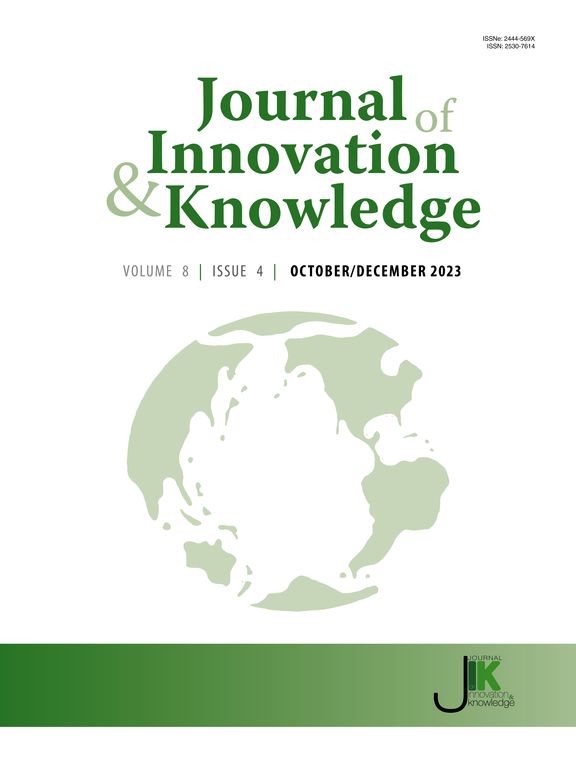自由贸易协定对中国传统产业结构调整的影响与认识
IF 15.5
1区 管理学
Q1 BUSINESS
引用次数: 0
摘要
在中国的双流通战略下,高度依赖国际供应链的传统产业面临重大挑战,需要重组。本研究开发了一个多尺度分析模型,将全球贸易分析项目(GTAP)与巨大的区域模型(TERM)结合起来,通过部门分解技术得到增强,从而能够详细评估自由贸易协定(fta)如何影响空间和产业重组。本文以中国造纸行业为例,系统研究了区域全面经济伙伴关系协定(RCEP)如何重塑国内和全球价值链动态。分析揭示了三个关键的结构性变化:(1)上游行业呈现材料替代,木材和非木浆进口增加,而国内废纸浆产量增加,表明资源的战略性再配置;(2)中游行业,特别是瓦楞纸板和纸板生产,呈现出地域转移,沿海集群正在将产能转移到RCEP伙伴国,而内陆地区的产能增长则受到区域政策激励的推动;(3)下游产业受益于上游集聚效应,广东、江苏、浙江、安徽等省纸制品产量增长5% ~ 30%。从数量上看,区域全面经济伙伴关系通过国际专业化和国内集聚实现协同增效,部门产出年复合增长率为0.33%。研究结果为产业转型战略的有效性提供了实证支持,并提出了以下三点政策建议:(1)建立关键原材料战略储备;(2)制定差别化区域产业路线图;(3)利用集聚经济优化国内生产网络。在方法上,本研究提出了可计算一般均衡(CGE)模型,用于评估自由贸易协定对产业结构调整的影响,为正在进行战略转型的全球依赖产业提供可操作的见解。本文章由计算机程序翻译,如有差异,请以英文原文为准。
The impact and knowledge of free trade agreements on China’s traditional industries’ restructuring
Under China’s dual circulation strategy, traditional industries that are highly dependent on international supply chains face significant challenges requiring restructuring. This study develops a multi-scale analytical model that integrates the Global Trade Analysis Project (GTAP) with the enormous regional model (TERM), enhanced by sectoral decomposition techniques, to enable a detailed assessment of how free trade agreements (FTAs) influence spatial and industrial reconfigurations. Using China’s paper industry as a case study, we systematically examine how the Regional Comprehensive Economic Partnership (RCEP) reshapes domestic and global value chain dynamics. The analysis reveals three key structural changes: (1) upstream sectors exhibit material substitution, with increased imports of wood and non-wood pulp while domestic waste pulp production grows, signaling a strategic reallocation of resources; (2) midstream sectors, particularly in corrugated board and paperboard production, demonstrate geographic shifts, and coastal clusters are relocating capacity to RCEP partner countries, while inland areas see capacity growth driven by regional policy incentives; and (3) downstream industries benefit from upstream agglomeration effects, leading to a 5 % to 30 % increase in paper product output in Guangdong, Jiangsu, Zhejiang, and Anhui provinces. Quantitatively, the RCEP generates synergistic gains through international specialization and domestic clustering, contributing to a 0.33 % annualized compound growth rate in sectoral output. These findings empirically support the effectiveness of industrial transition strategies, suggesting three policy recommendations: (1) establishing strategic reserves for critical raw materials; (2) developing differentiated regional industrial roadmaps; and (3) leveraging agglomeration economies to optimize domestic production networks. Methodologically, this study advances computable general equilibrium (CGE) models in assessing the impacts of FTAs on industrial restructuring, offering actionable insights for globally dependent industries undergoing strategic transitions.
求助全文
通过发布文献求助,成功后即可免费获取论文全文。
去求助
来源期刊

Journal of Innovation & Knowledge
Multiple-
CiteScore
16.10
自引率
12.70%
发文量
118
审稿时长
37 days
期刊介绍:
The Journal of Innovation and Knowledge (JIK) explores how innovation drives knowledge creation and vice versa, emphasizing that not all innovation leads to knowledge, but enduring innovation across diverse fields fosters theory and knowledge. JIK invites papers on innovations enhancing or generating knowledge, covering innovation processes, structures, outcomes, and behaviors at various levels. Articles in JIK examine knowledge-related changes promoting innovation for societal best practices.
JIK serves as a platform for high-quality studies undergoing double-blind peer review, ensuring global dissemination to scholars, practitioners, and policymakers who recognize innovation and knowledge as economic drivers. It publishes theoretical articles, empirical studies, case studies, reviews, and other content, addressing current trends and emerging topics in innovation and knowledge. The journal welcomes suggestions for special issues and encourages articles to showcase contextual differences and lessons for a broad audience.
In essence, JIK is an interdisciplinary journal dedicated to advancing theoretical and practical innovations and knowledge across multiple fields, including Economics, Business and Management, Engineering, Science, and Education.
 求助内容:
求助内容: 应助结果提醒方式:
应助结果提醒方式:


